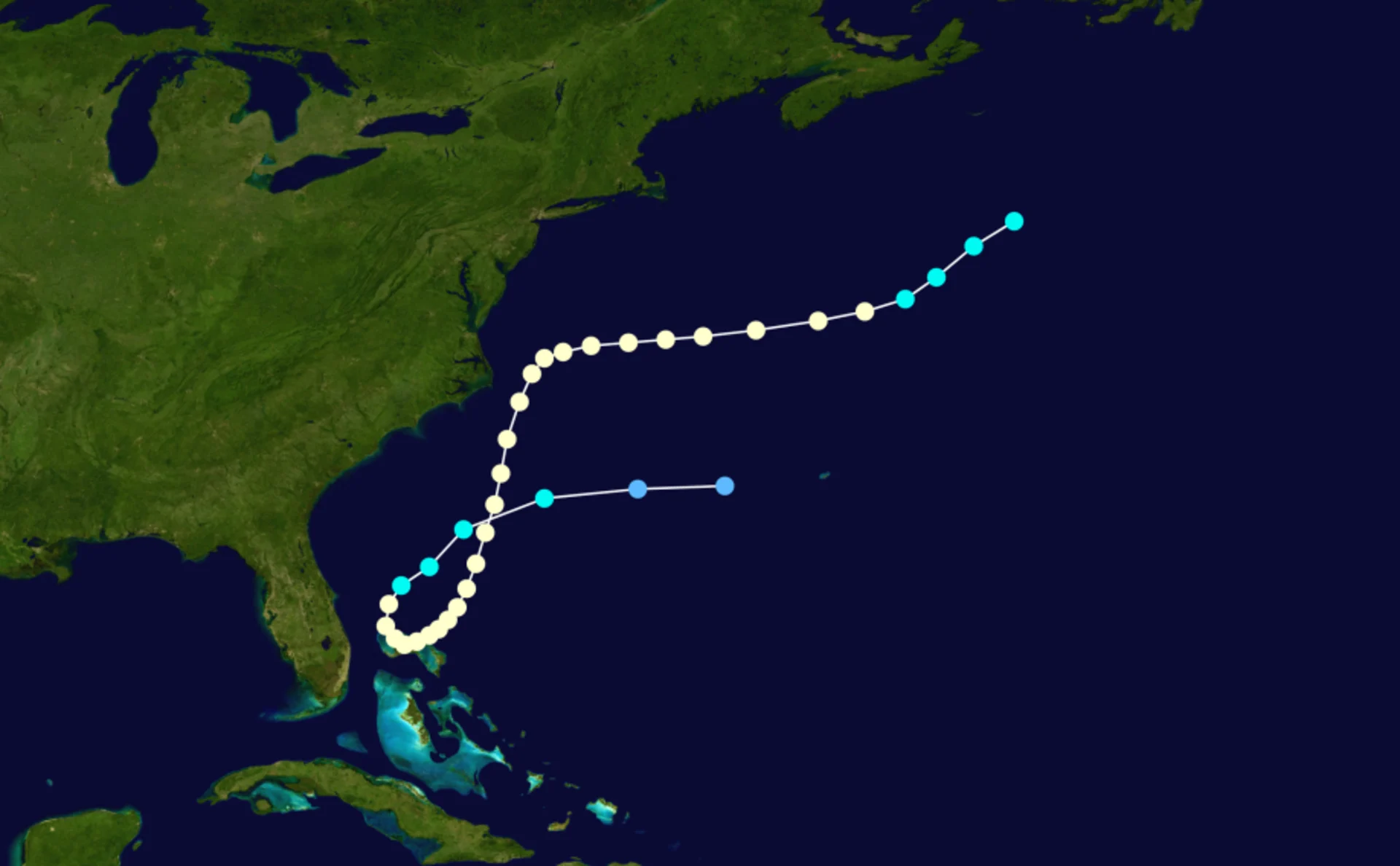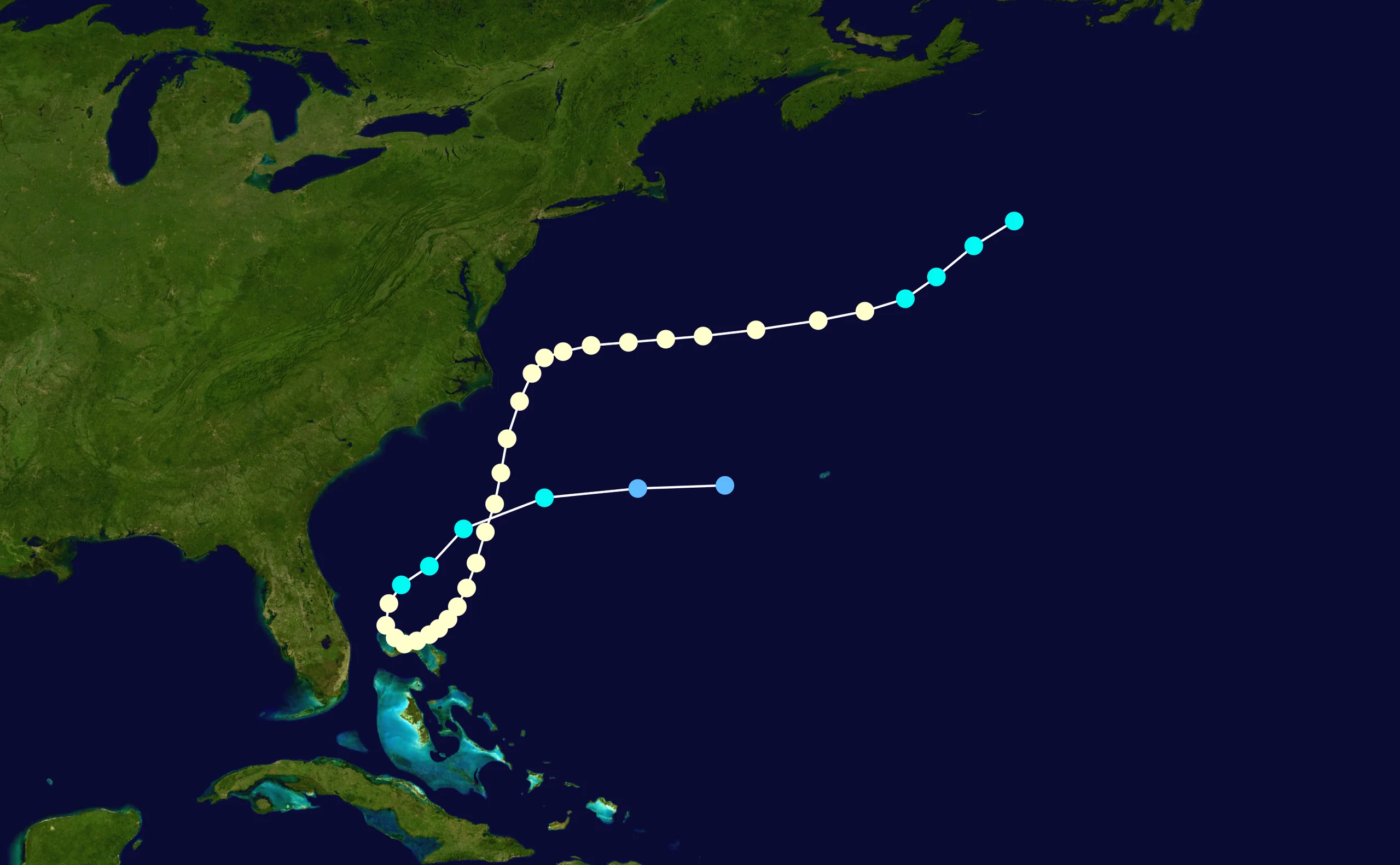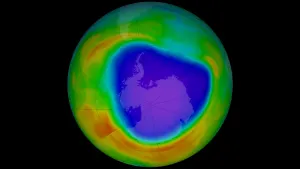
Hurricane Able received interesting nicknames because it popped up in May
On this day in weather history, Hurricane Able formed.
This Day In Weather History is a daily podcast by Chris Mei from The Weather Network, featuring stories about people, communities and events and how weather impacted them.
--
On Tuesday, May 15, 1951, Hurricane Able developed from a trough of low pressure around 480 km south of Bermuda.
This hurricane isn't significant because of its impact on land but other historical factors. Able just produced light precipitation in Florida and winds up to 152 km/h in the Bahamas.

"Map plotting the track and the intensity of the storm, according to the Saffir–Simpson scale." Courtesy of Supportstorm/Wikipedia
Able goes down in the history books for being one of only four hurricanes in the North Atlantic in May. The other ones were in 1889, 1908 and 1970.
This was also the first season that the United States Weather Bureau (now known as National Weather Service) started to officially name Atlantic tropical cyclones.
Click here to subscribe to This Day in Weather History
Able was the first hurricane of the season. Hurricanes in the 1951 Atlantic season were named using Allied military phonetic spelling alphabets. Able was followed by hurricanes Baker, Charlie and Dog.
Hurricane Able wasn't its only name. The cyclone was also referred to as "wrong way, wrong time" because it had strange motion near the Bahamas and it popped up in May.

"Breakdown of pre-Jun. 1 Atlantic storms by decade." Courtesy of NOAA/The Weather Channel
The Weather Bureau described Able as the "freak of freaks."
Able dissipated on May 24, 1951.
Overall, Hurricane Able didn't cause significant damage or harm to anyone, it just developed very early in the year.
To learn more about Hurricane Able, listen to today's episode of "This Day In Weather History."
Subscribe to 'This Day in Weather History': Apple Podcasts | Amazon Alexa | Google Assistant | Spotify | Google Podcasts | iHeartRadio | Overcast'
Thumbnail: "Map plotting the track and the intensity of the storm, according to the Saffir–Simpson scale." Courtesy of Supportstorm/Wikipedia









